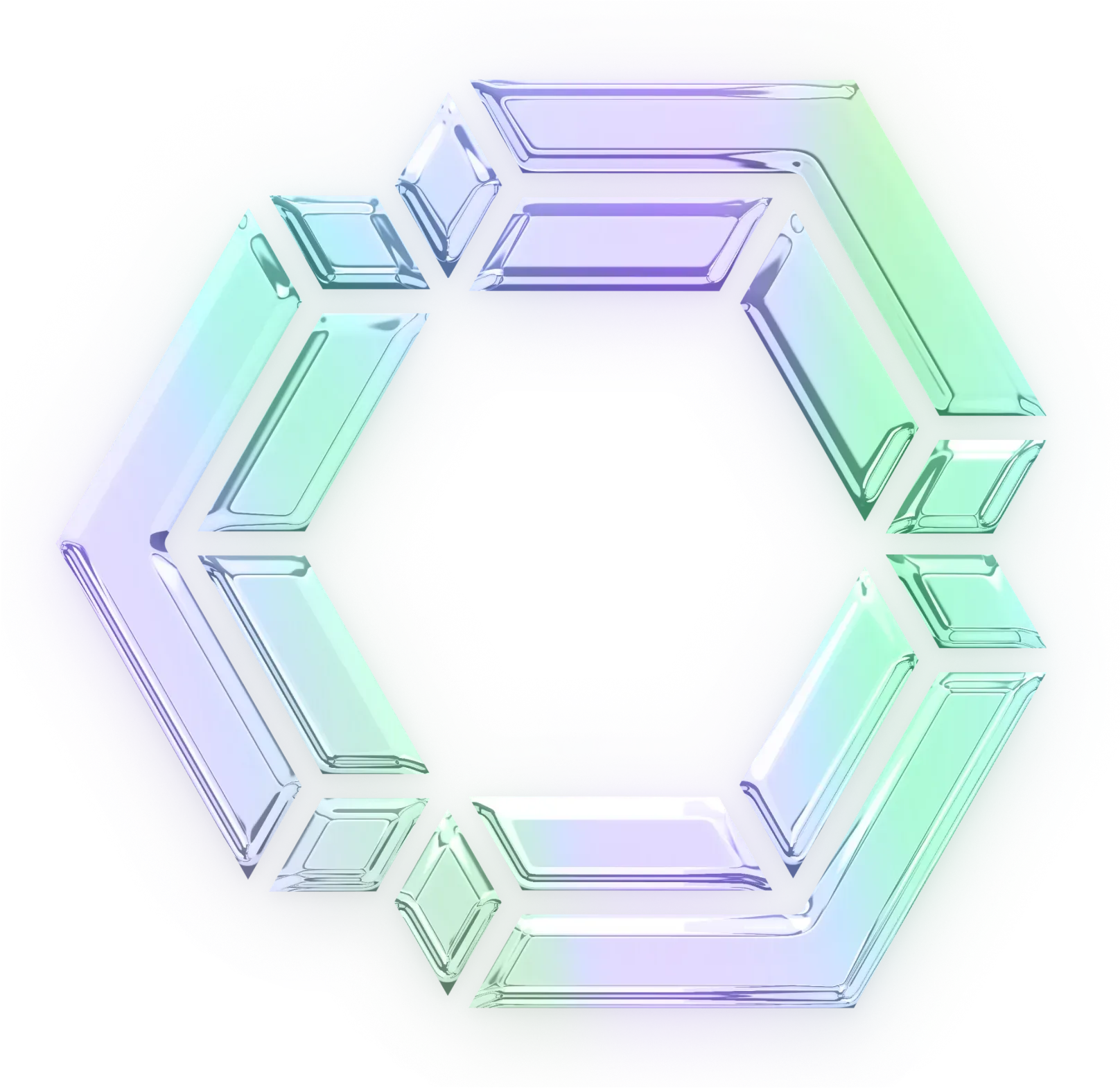Is Your Team Ready for Continuous AI? A Complete Assessment Guide
Learn how to assess your team’s readiness for Continuous AI. Explore maturity levels, key success dimensions, and a step-by-step roadmap for moving from individual AI experiments to team-wide adoption.

In the early days of JavaScript development, every developer had their own formatting preferences. Tabs vs. spaces, semicolons vs. no semicolons, trailing commas, quote styles, bracket placements…Code reviews ended up with style debates instead of focusing on logic and architecture.
Prettier changed everything when it standardized and popularized automated formatting in the JavaScript ecosystem
The tool solved the formatting problem not just by enforcing consistency, but by removing the decision entirely. Teams that adopted it successfully didn't just install the package. They agreed on configuration, integrated it into their CI/CD pipeline, and established new workflows around automated formatting.
AI code assistants are following the same pattern, but with much higher stakes. Like Prettier, the magic is in how well teams provide context and establish shared rules for getting the right output. If you’re new to the idea of Continuous AI, we’ve laid out the fundamentals in this developer’s guide.
The problem is that many teams are making the same mistake they made before Prettier existed: assuming that individual success automatically scales to team success. One developer gets amazing results from their AI assistant, so leadership buys licenses for everyone and expects immediate productivity gains across the board. We explored this trap in Every Development Team Needs Continuous AI.
Here's what they miss: AI tools are only as good as the context and rules teams give them. Without shared development data and consistent rules, teams end up with the same chaos they had before Prettier, except now it's amplified by AI generating inconsistent code at scale.
The reality is that moving from individual AI experimentation to team-wide Continuous AI requires something more deliberate than just buying licenses for everyone. It requires understanding team readiness.
The Three Levels Every Team Goes Through
Understanding where your team fits helps you make better decisions about what to tackle next.
Level 1: Manual AI Assistance
This is where most teams start. Developers use AI tools inconsistently, some love Copilot, others prefer Cursor, and a few are still skeptical of the whole thing. There's no shared understanding of best practices, and the quality of AI-generated code varies wildly depending on who's using it.
Signs you're here:
- Developers frequently reject AI suggestions (>30% intervention rate)
- No shared standards for AI tool usage
- Repeated manual problem-solving that could be automated
- AI tools don't understand your specific codebase context
Level 2: Workflow Automation
Teams at this level have moved beyond individual tool usage to integrate AI into their processes. Code reviews might include AI-powered checks, documentation gets generated automatically, and there are shared practices around prompt engineering.
Signs you're here:
- Consistent tool adoption across team members
- AI integrated into CI/CD pipelines or review processes
- Documented standards for AI interactions
- Measurable impact on development velocity
Level 3: Zero-Intervention Workflows
This is the holy grail: certain well-defined processes run autonomously with minimal human oversight. AI assists and handles entire workflows from start to finish, with humans focusing on the exceptions rather than the routine.
Signs you're here:
- Sub-15% intervention rates on key workflows
- Robust monitoring and rollback systems
- Cultural comfort with autonomous processes
- Proven ROI from AI automation
The key insight? You can't skip levels. Teams that try to jump straight to Level 3 automation end up creating more problems than they solved.
The Four Dimensions That Actually Matter
Beyond maturity level, there are four dimensions that determine whether your Continuous AI implementation will succeed or become another failed automation project.
1. Technical Infrastructure Readiness
This isn’t just “do we have the APIs?” It’s about whether your environment can handle intelligent automation without breaking.
|
Green Flags |
Red Flags |
|---|---|
|
Stable integrations |
Integration breakdowns |
|
Security policies that accommodate AI tools |
Policies blocking AI tools |
|
Monitoring systems that track effectiveness |
No performance measurement |
|
– |
Chaotic branching |
2. Process Maturity
AI amplifies your existing processes. If they’re inconsistent or poorly documented, AI will amplify the chaos.
|
Green Flags |
Red Flags |
|---|---|
|
Documented coding standards |
“It works on my machine” culture |
|
Repeatable workflows |
Inconsistent reviews |
|
CI/CD quality gates |
Ad-hoc deployments |
3. Team Culture & Skills
Often the biggest barrier. Teams need a growth mindset and willingness to adapt their workflows.
|
Green Flags |
Red Flags |
|---|---|
|
Openness to experimentation |
Resistance to change |
|
Collaborative problem-solving |
Blame culture |
|
Curiosity about prompt engineering |
Perfectionism |
4. Organizational Support
Leadership buy-in is both about budget and creating space for teams to adapt and learn.
|
Green Flags |
Red Flags |
|---|---|
|
Leadership buy-in |
Pressure for immediate ROI |
|
Training resources |
No training budget |
|
Tolerance for experimentation |
Risk-averse |
Once you’ve identified your strengths and weaknesses across these four dimensions, the next step is building a roadmap for implementation.
Building Your Implementation Roadmap
Phase 1: Foundation
Standardize what you’re already doing. Just like choosing Prettier over individual formatting preferences, pick shared AI tools and establish team-wide rules. The goal is to give AI the same context and standards that every team member has.
Phase 2: Integration
Pick one high-value workflow and automate it. Code review assistance or documentation generation are great first steps. For example, we showed how AI can streamline repetitive CLI tasks in this post.
Phase 3: Expansion
Add more workflows based on what you learned in Phase 2. Benefits start compounding here.
Phase 4: Advanced Automation
Deploy zero-intervention workflows with proper safeguards.
Red Flags That Mean "Not Ready Yet"
If you see these warning signs, it's better to address the underlying issues first:
- Unstable foundational processes: Your build breaks regularly, deployments are manual, or code quality varies wildly
- Cultural resistance: More than 30% of the team is actively opposed to AI tools
- No measurement capabilities: You can't track the impact of changes to your development workflow
- Leadership impatience: Pressure to show ROI within weeks rather than months
Remember: AI will amplify whatever systems you already have. If those systems are broken, AI will make them more efficiently broken.
What Success Actually Looks Like
Each level has different success metrics:
- Level 1: 80%+ consistent adoption, reduced intervention rates, shared vocabulary
- Level 2: 20–30% time savings, higher process reliability, improved code consistency
- Level 3: Safe autonomous workflows, minimal rollbacks, developers focused on higher-level problems
Each team can decide the signal to advance to the next level. Minimally, you should see sustained success for at least 4 weeks, demonstrated cultural adaptation, and infrastructure that can handle current workflows without strain.
Making the Strategic Decision
The question isn't whether to implement Continuous AI. It's when and how to do it strategically. Market forces are pushing every development team toward greater AI integration. The companies that start building capabilities now will have compounding advantages as AI becomes table stakes.
But rushing into implementation without understanding your readiness is a recipe for failed experiments and team frustration.
Start with an honest assessment of where you are today. Look at those four dimensions—technical infrastructure, process maturity, team culture, and organizational support. Identify your weakest areas and strengthen them before layering in automation.
Then pick one workflow, do it well, and build from there. The teams that succeed with Continuous AI will be the ones that implement systematically and learn from each step.

